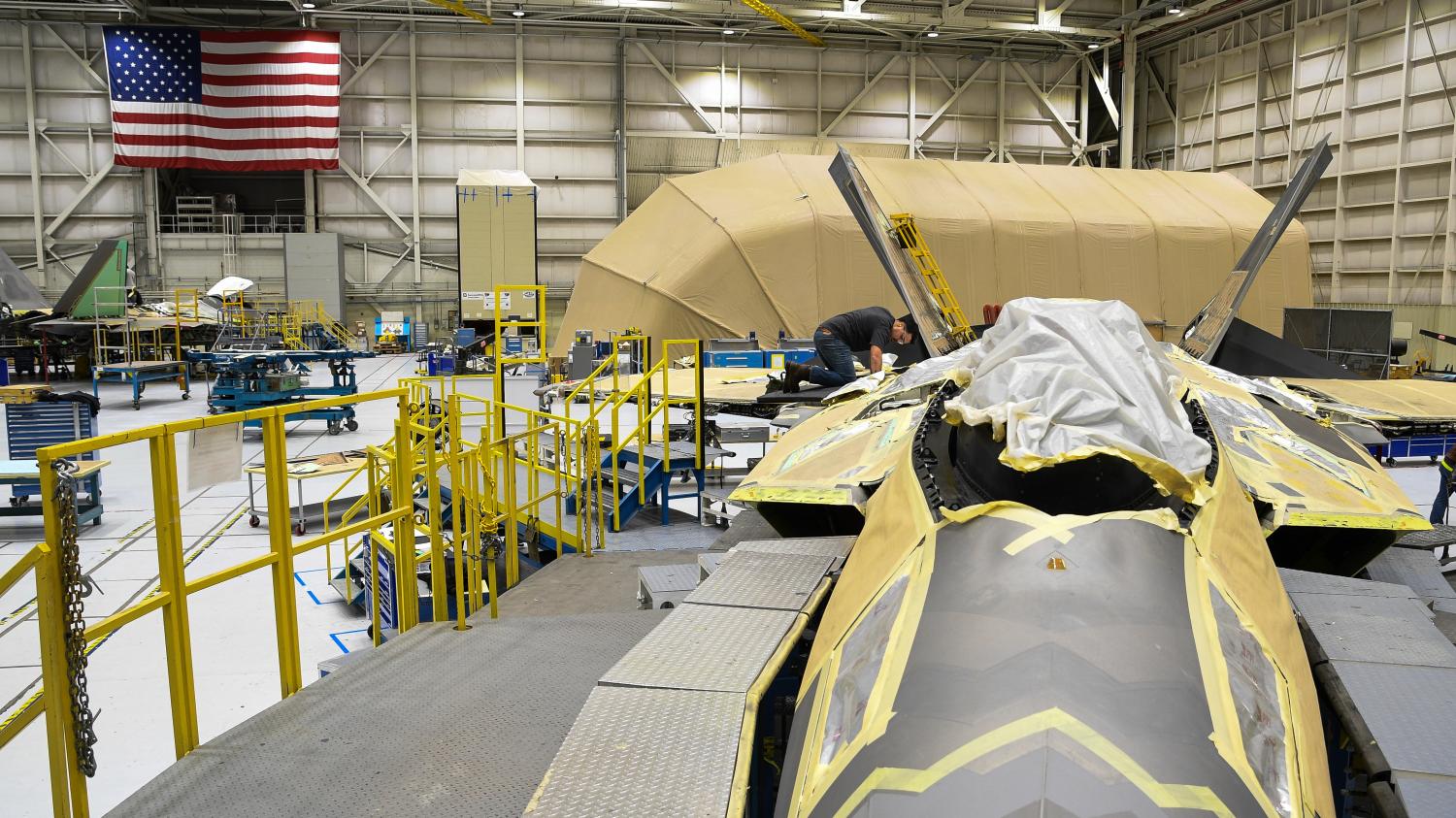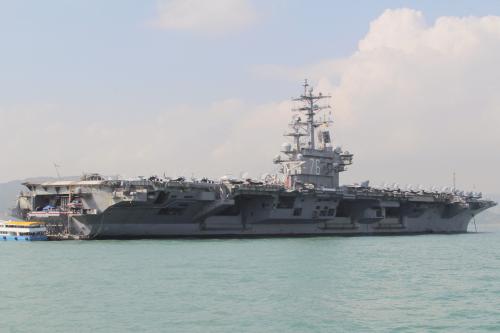Executive Summary
As the world’s security environment changes, weapon system readiness becomes even more important for the national security of the United States. Determining how to optimize the organic industrial base to generate the most readiness in a fiscally constrained environment will have a profound impact on deterrence credibility. This paper builds on the concepts from a 2010 research paper on the sustainment of Air Force weapon systems and updates the examination on the three pivotal components of capability, capacity, and risk.
Determining what capabilities are required for the sustainment of weapon systems requires an examination of equipment, facilities, human capital, and knowledge. As weapon systems change through technological advances, the sustainment capabilities necessary to support the maintenance, repair, and overhaul (MRO) of those weapon systems must also evolve while at the same time continue to retain the necessary support for legacy weapon systems. Scoping the capacity needed to sustainment Air Force weapon systems requires rigorous assessment of what the demand signal for support will be so that the organic industrial base has adequate depth in the four capability components to meet readiness needs. A structured process for reviewing requirements and determining needed depot capacity has made significant improvements in recent years to maximize the readiness impact of every dollar expended. Ultimately, the risk calculus needed to optimize the needed capability and capacity requires a deep understanding of a complex ecosystem across an inextricably linked set of industrial and financial portfolios.
While progress has been made, changes are needed to adequately address the pacing threat of China and acute threats of Russia and others. Holistic readiness assessments must be made to determine resourcing needs to meet the security requirements of near peer competitors which are different than operations of the last two decades countering violent extremists. In order to optimize capability, capacity, and risk by mission area, weapon system roadmaps need to be codified with Congress and industry. These roadmaps should be accomplished in a classified environment to preserve effectiveness and then translated into the unclassified budget to limit anticipation by adversaries. Stable and consistent funding is needed so that American industry knows where to spend its capital and the organic sustainment enterprise is able to purchase the most readiness for each dollar.
Understanding the components of weapon system sustainment support and changes to national level processes are vital to maximize the nation’s resources in fielding and supporting a force that can deter and if necessary win against a near peer competitor.
-
Acknowledgements and disclosures
The chance to collaborate with fellows from the other service branches and Brookings scholars as a federal executive fellow at Brookings 12 years ago opened my eyes to new perspectives and ideas. It was especially helpful to spend that year working with Peter W. Singer and Michael E. O’Hanlon, learning from their valuable insights before I was deployed to Afghanistan as a group commander. At the time I arrived at Brookings, I had field-level maintenance/logistics experience and staff experience on the Air Staff and Joint Staff but had little exposure to the broader sustainment enterprise, specifically the depots and supply chains that sustain and modernize the world’s greatest Air Force.
Lori Merritt edited this paper, and Rachel Slattery provided layout, I am very appreciative of their improvements to the work. A word of thanks to the thought leaders I have learned from over the years. Their willingness to collaborate and openness to teaching — as well as their relentless pursuit of improved support for the senior airmen and captains that will ultimately use our weapon systems — reflect their dedication to service and show what innovative and unyielding persistence can do for a nation’s readiness. In particular, Lt. Gen. Warren Berry, Mr. Steve Morani, Mr. Ed Oshiba, Maj. Gen. Stacey Hawkins, Maj. Gen. Cauley von Hoffman, Mr. George Topic, Ms. Wendy Walden, Col. Dave Miller, Lt. Col. Jon Arceta, and my patient and very supportive wife, Kim, were very helpful in honing this updated primer.
The Brookings Institution is committed to quality, independence, and impact.
We are supported by a diverse array of funders. In line with our values and policies, each Brookings publication represents the sole views of its author(s).





